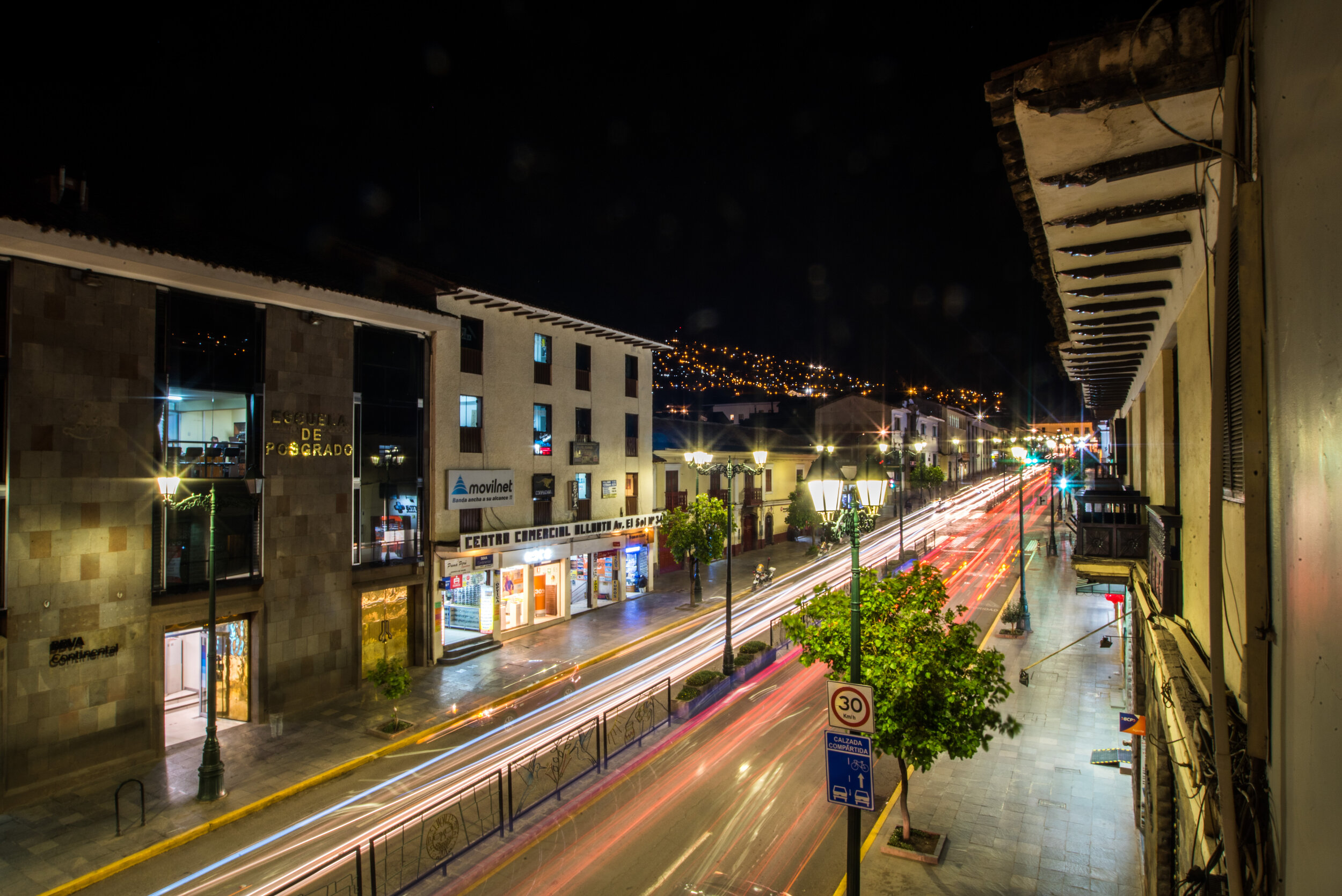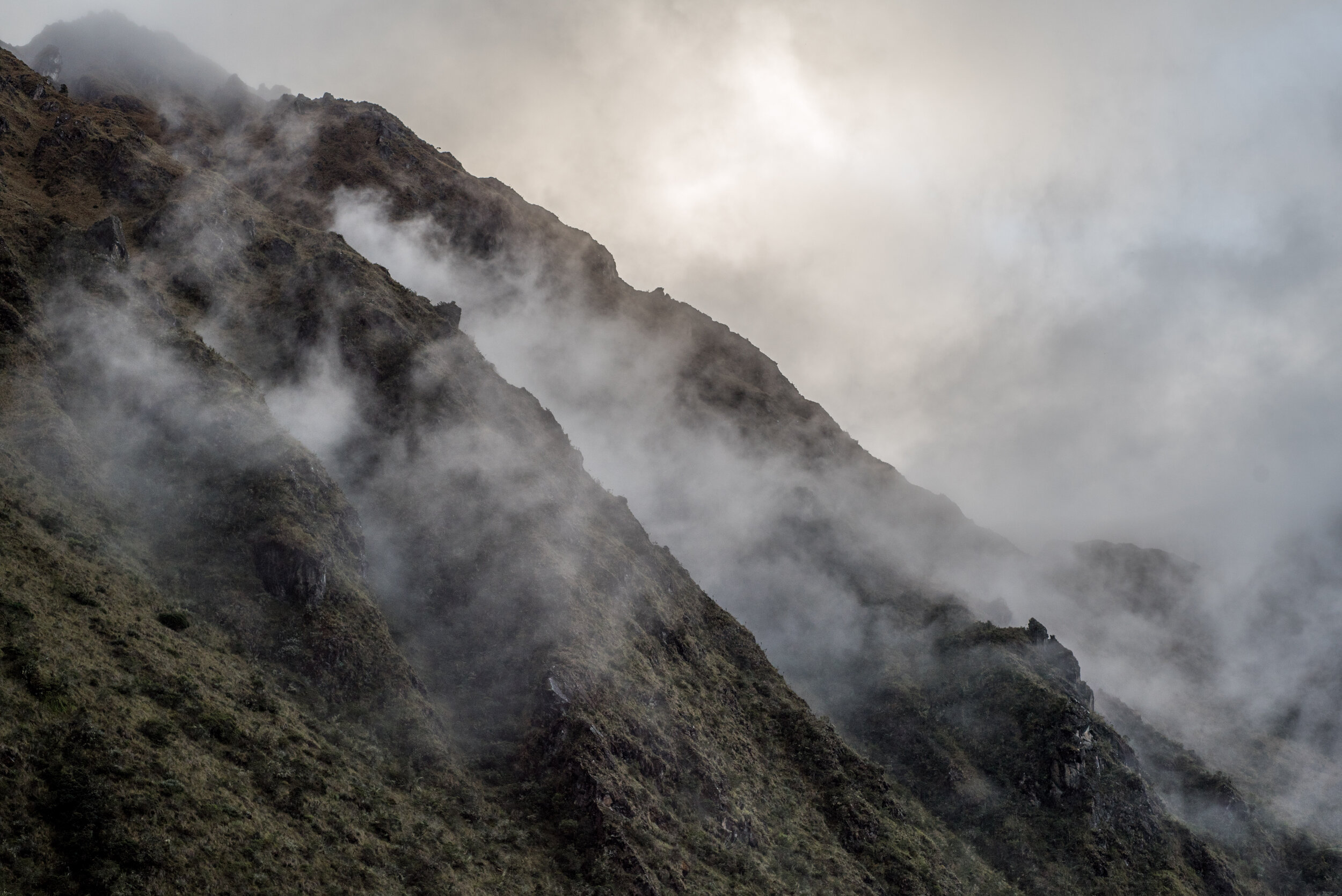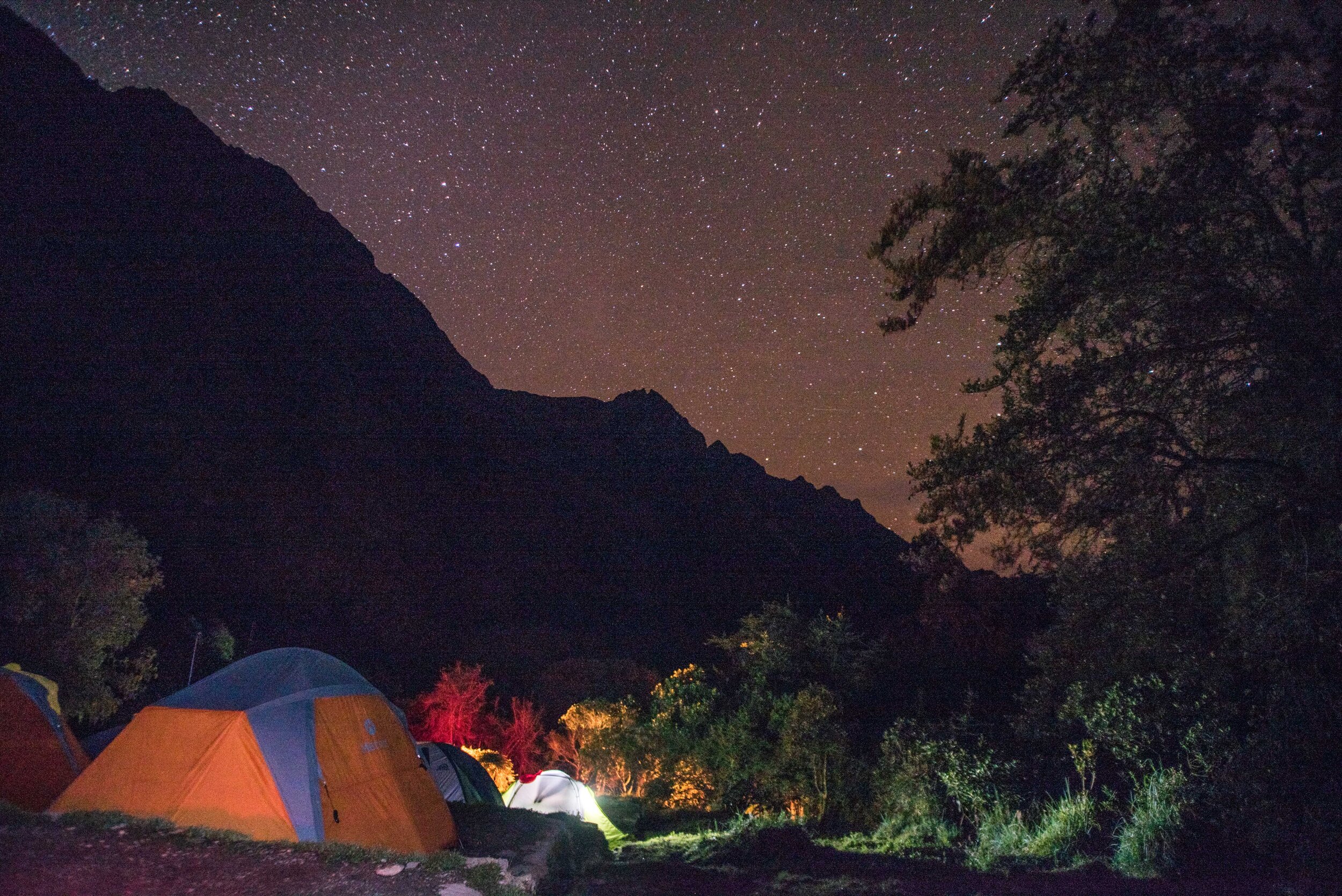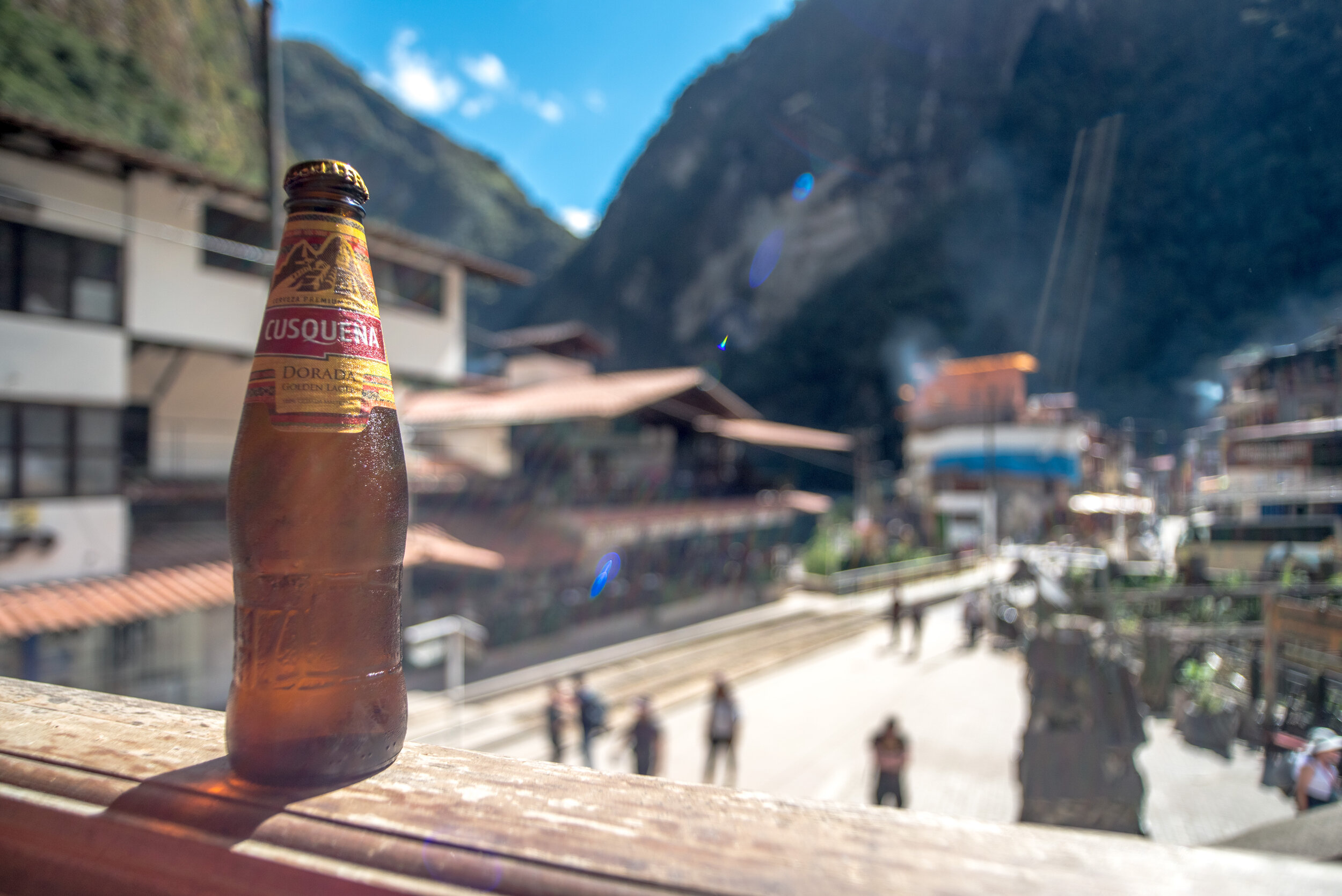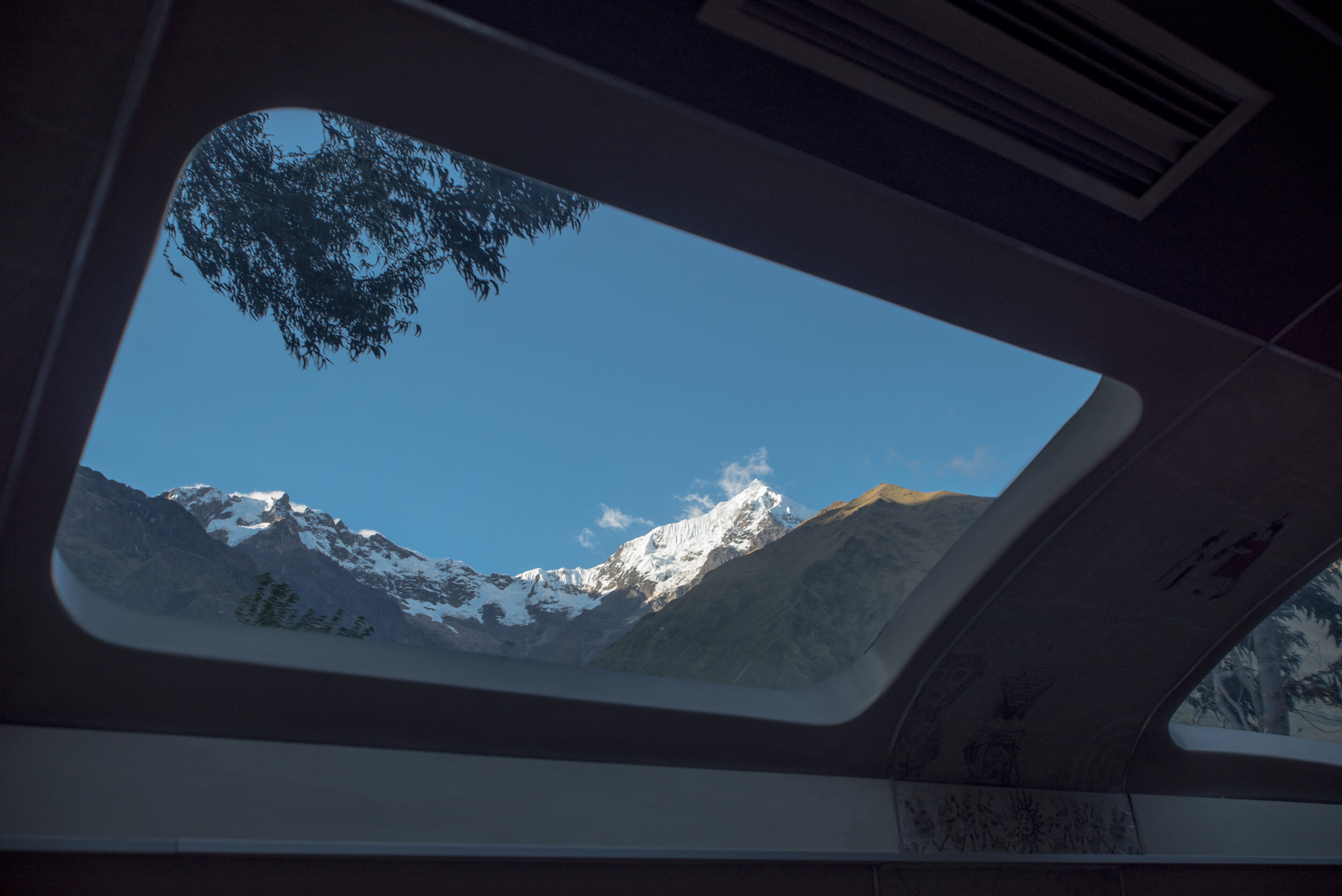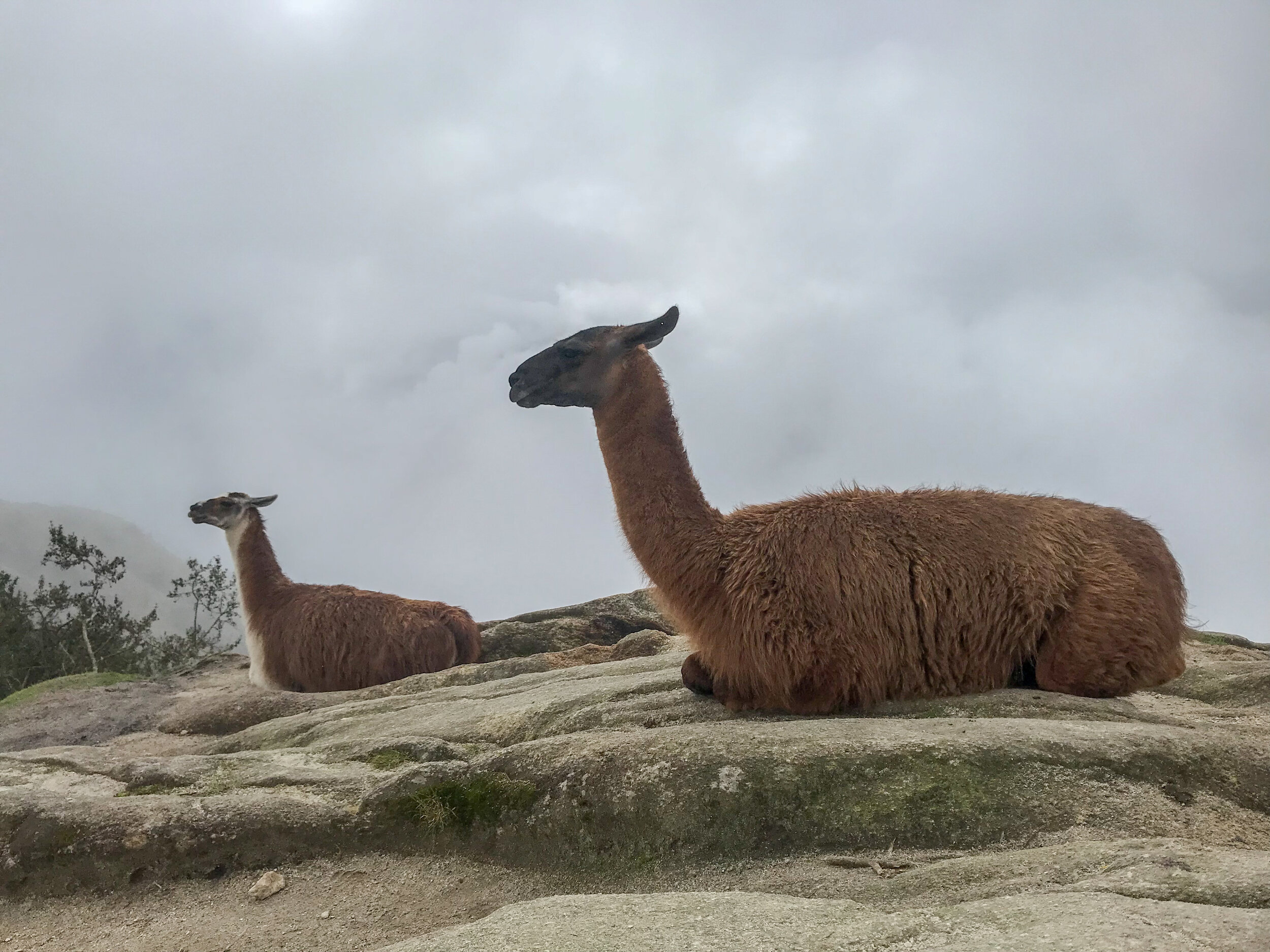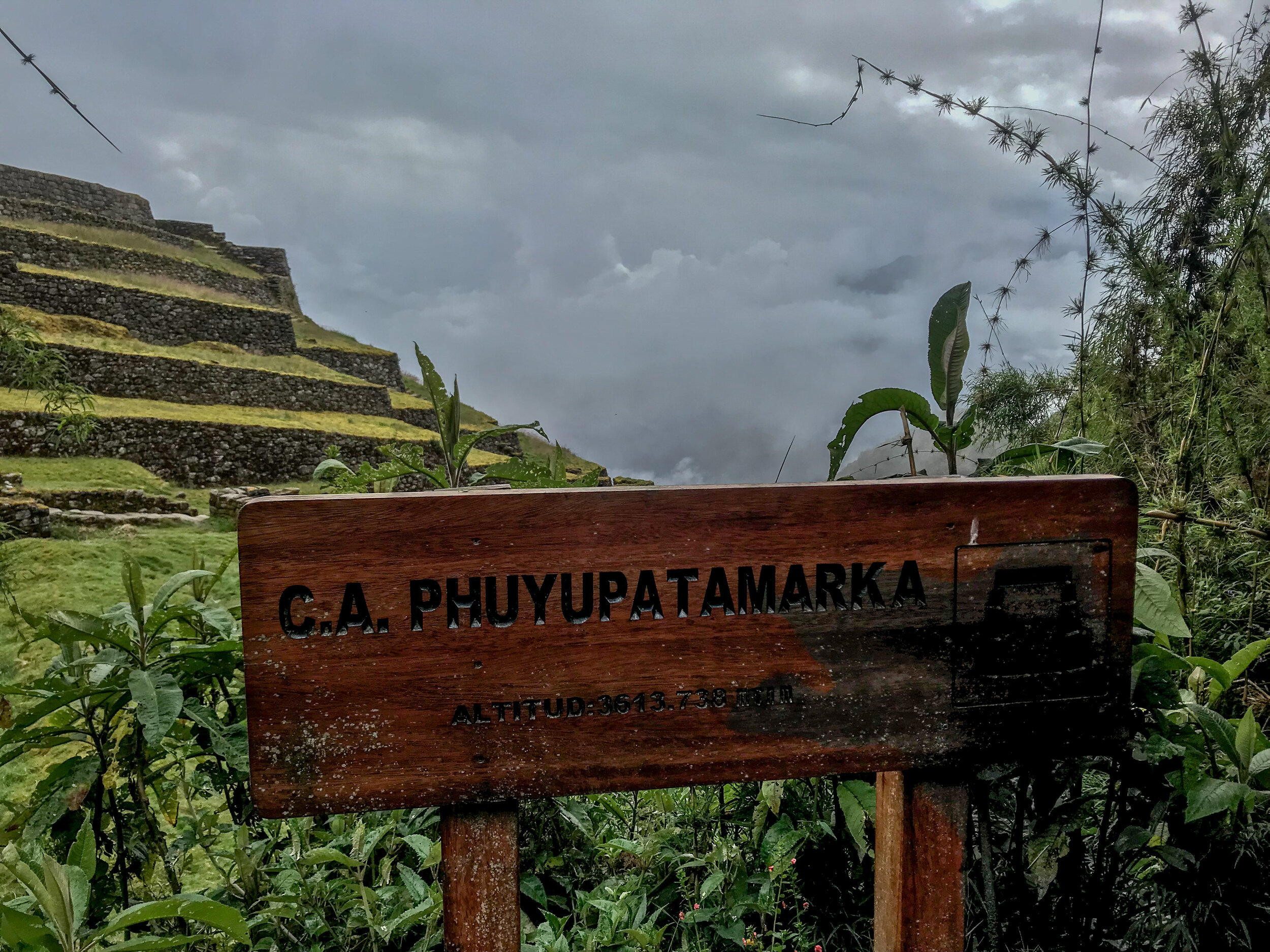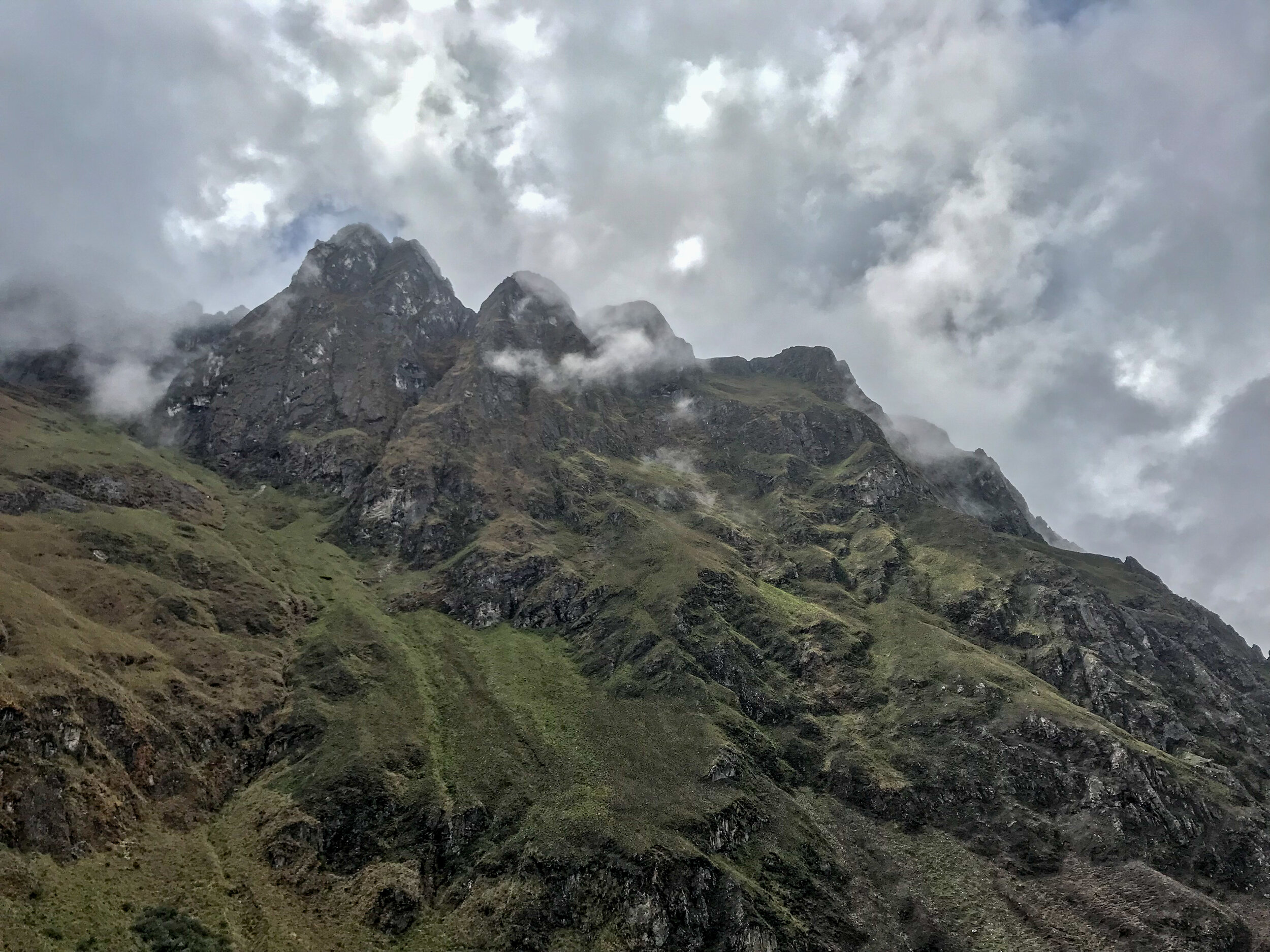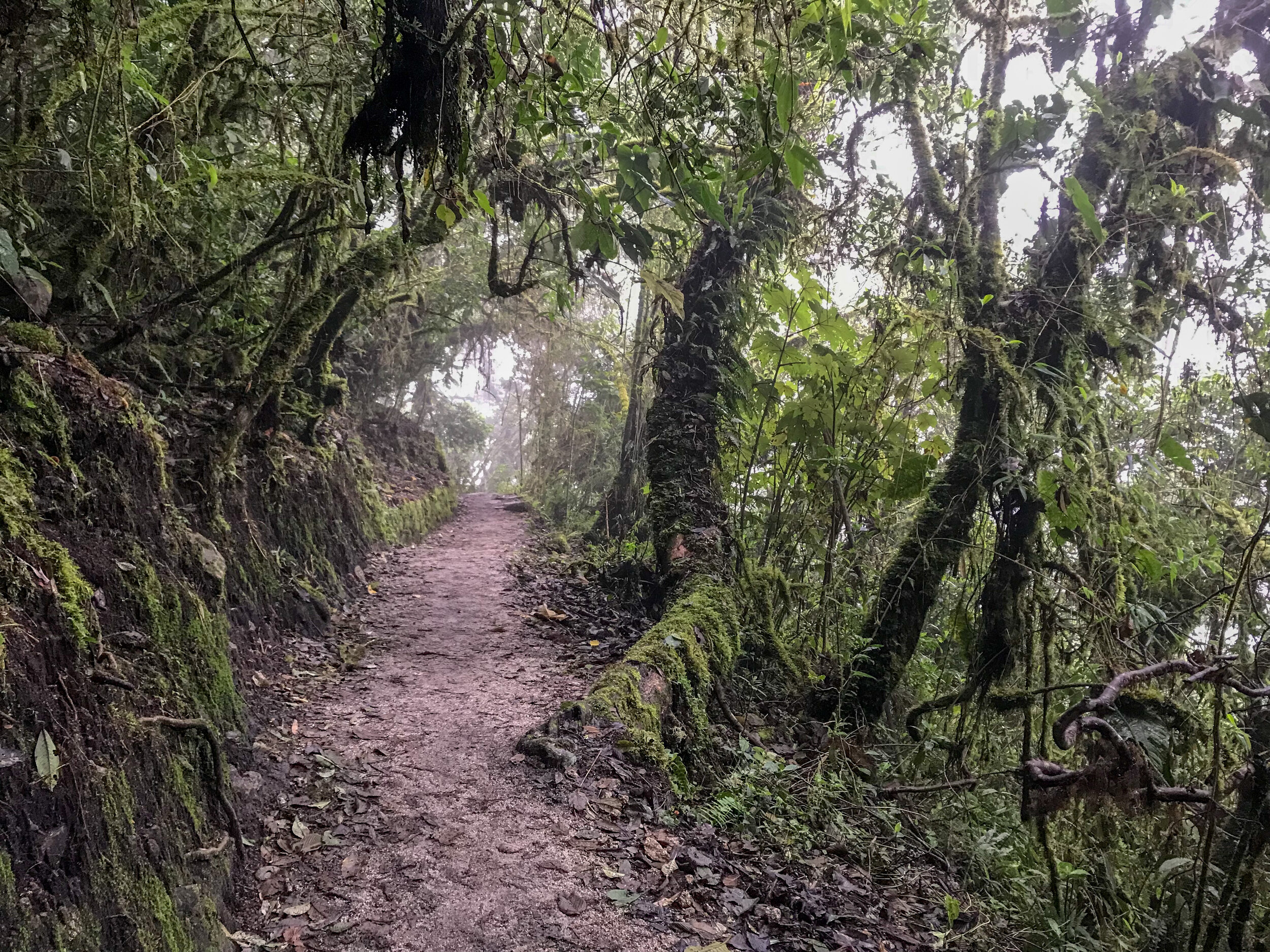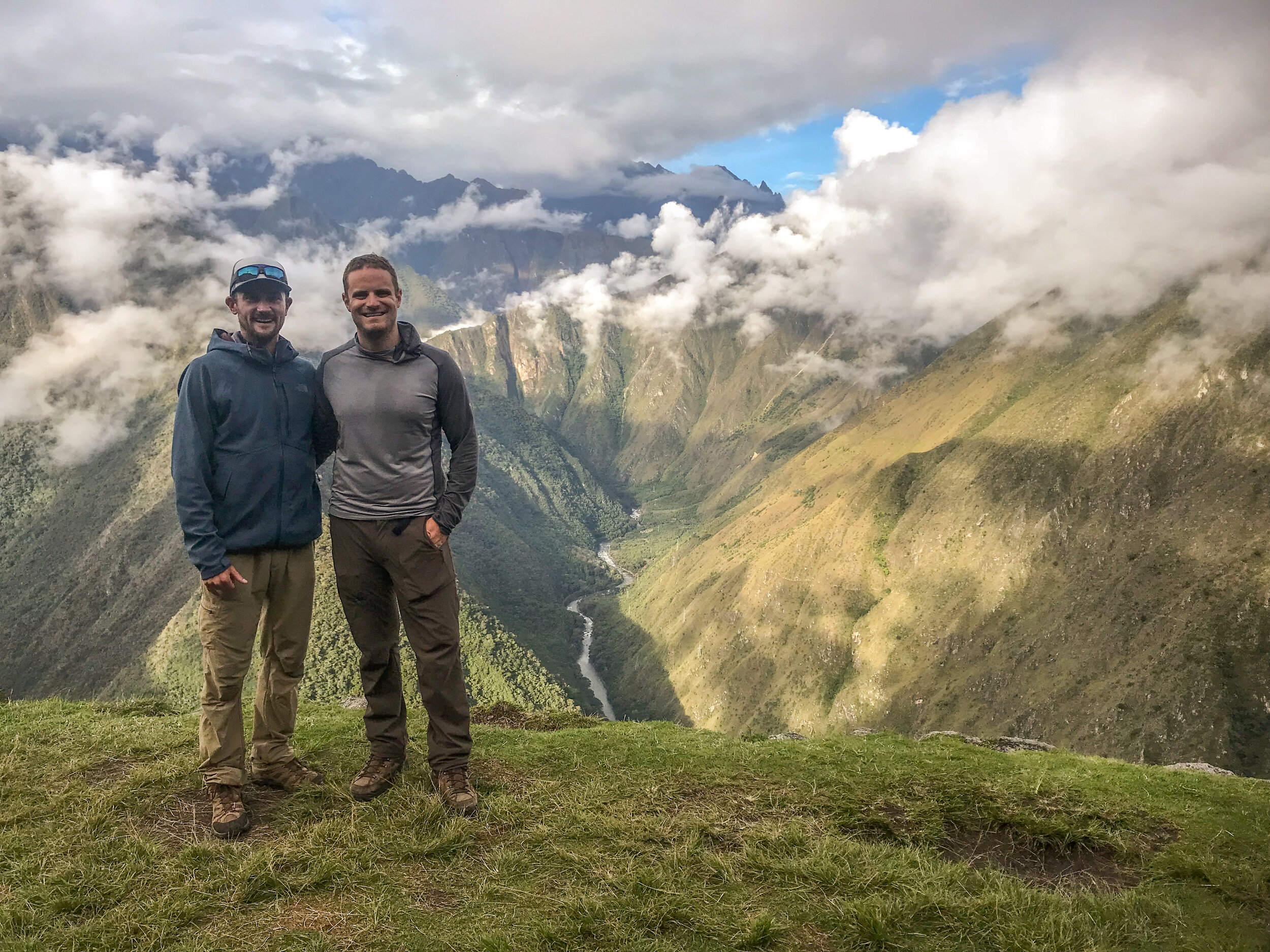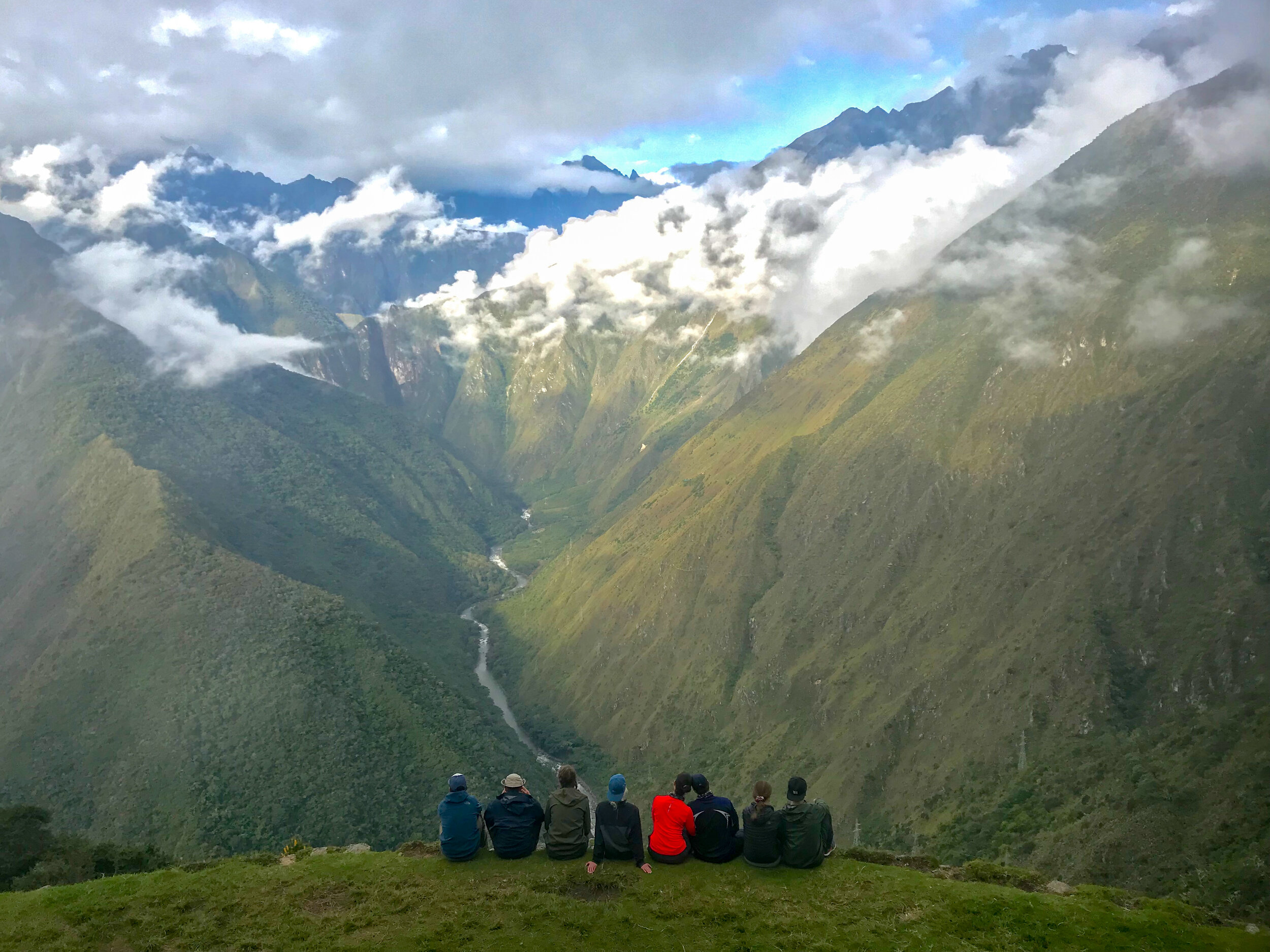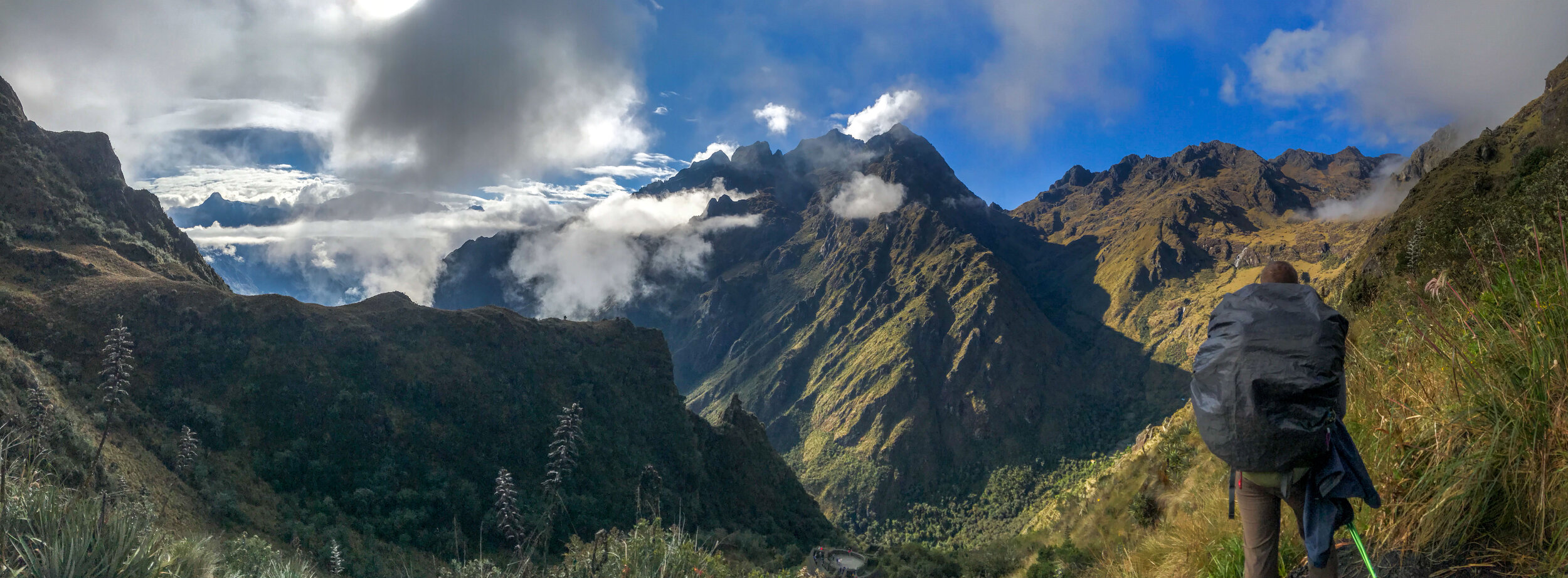A Guide to Hiking the Inca Trail
If you’re reading this post, you’re likely a friend or a family member that has asked me about my experience on the Inca Trail. In anticipation of the questions that I’ll likely get for years to come from anyone thinking about visiting Machu Picchu or hiking the Inca Trail, I’ve decided to take this beautiful sunny afternoon in Cusco to record my experiences and provide you with some pre-emptive guidance.
My goal is to address the logistical bric-a-brac—how you should plan, what you should pack and what you should leave at home, some helpful FAQs to ease your mind—and to pepper this with personal observations in an attempt to help you better understand what to expect from visiting Machu Picchu.
Our hiking group posing for a picture the day before entering Machu Picchu.
What is Machu Picchu?
Machu Picchu is an ancient Incan city located high in the Andes, in the mountainous regions of south-central Peru. Peru is just south of the equator (but not by much)—so if it’s summer in the northern hemisphere, it’s winter in Peru. The highlands of Peru have two seasons: rainy season and dry season. Their summer (our winter) is the rainy season, which is when you do NOT want to visit. The views will be clouded and it’ll be rainy.
Precipitation and clouds abound high in the mountains.
The Inca Trail is completely closed for repairs during February and opens for trekkers in March, the beginning of winter (dry season). This is when you want to visit. If you book an excursion during March or April, know that these months are typically still rainy. Consult annual precipitation charts, weather forecasts, and pack rain gear.
We booked our trip for the beginning of May and fortunately didn’t get much rain. However, rain jackets, rain pants, a waterproof covering for our backpacks, and mentally preparing ourselves for a wet trek went a long way toward making the precipitation we did encounter bearable.
There are other options for trekking to Machu Picchu such as the Salkantay Trail. The advice I give here applies to all of them, but know that I did the Inca Trail.
Cusco: Gateway to Machu Picchu
The streets of Cusco are rich in history and vibrantly colorful.
The gateway city to Machu Picchu is Cusco, the constitutionally-designated historic capital of Peru. Situated at 11,000 feet (high altitude, be prepared for this), it is a fairly widespread city of 400,000 people. I flew into Lima (Peru’s modern capital) and caught a 1.5-hour flight to Cusco. A taxi ride into the city center costs about 30 soles ($10), so it’s a good idea to get cash in Lima. That’ll save you the stress of finding both cash and a taxi in Cusco.
Cusco is a tourist town and very accommodating to foreigners. There are tour operators hawking trips to Rainbow Mountain, Machu Picchu, the Salkantay Trek, and forays into the Amazon.
There are also a ton of gear shops in the city center (rain gear, trekking gear, camping gear), so there are options to rent gear if you don’t feel like carrying everything to Peru. I rented a sleeping bag for $25 for the four-day trek, which beat having to lug mine all the way from Alaska. There’s a McDonald’s, people are used to seeing Westerners, and many speak English. Quechua is the national language of Peru—most speak Spanish, but it’s helpful to know that this is their second language. “Sulpaykee” is thank you in Quechua. This might score you a few points.
Visiting Machu Picchu without Trekking
Aguas Calientes in the early morning.
If you want to visit Machu Picchu and are NOT interested in trekking the Inca Trail, then your best bet is to take the train to the city of Aguas Calientes, a small tourist town outside of Machu Picchu catering to foreigners. From Aguas Calientes, you can then take a bus to Machu Picchu, but you should buy an entrance ticket in advance—there is a daily limit on visitors to Machu Picchu, and you don’t want to take the bus there to find out the are not letting anyone else in.
There are two entry times for Machu Picchu: 6 am-1 pm and 2 pm-6 pm.
If you’re going in the morning, get there as early as possible to avoid the crowds. If you want to spend a good chunk of time in Machu Picchu, you should take the train to Aguas Calientes (the scenery is beautiful, so try to do it during daylight hours), spend the night, and go to Machu Picchu early in the morning.
Hiking the Inca Trail
You can only hike the Inca Trail with a licensed trekking operator; you cannot hike the original Inca Trail unsupervised.
1. Book early with a reputable operator.
The government allocates 500 permits to hike the Inca Trail each day. Only 200 are available to hikers (the rest go to porters and guides), so these spots fill up very quickly. We booked our May trek the previous December, and it was almost full. This is a trip you want to plan as early as possible to ensure a reputable operator has an open spot.
We used Inca Trail Reservations, and I cannot recommend them highly enough. Not only were they were affordable, but they also had their operations nailed down. Every single eventuality was planned for. From food prep and bathroom breaks to van transfers, competent guides, and informative lessons the organizational prowess of this company was on point.
Do your research on TripAdvisor and Yelp but think about what you want from the experience and know it’s worth paying for a guiding service with a good reputation. We paid $750 for the whole trek, and it was worth FAR more than that.
2. The Inca Trail is physically taxing
Do not underestimate the grueling nature of this trail. Only two weeks before our trip, I backpacked into Haleakala Crater on Maui—a 13-mile hike at 8ooo feet of elevation with 2ooo feet of incline—and didn’t think twice about it. The Inca trail was far, far more difficult. It required the full use of all my physical and mental faculties. If you have any reservations about your physical condition before making this trek, train hard or reconsider.
Visage of the physically taxed.
Just because thousands of people do it every year does not mean that it is easy. It is NOT easy. The second day of hiking will have you climbing 4ooo vertical feet—starting at 9000 feet of elevation—with no break. If you don’t understand what this reference means, you should try hiking at altitude before tackling the Inca Trail. While it doesn’t require any technical climbing and if you’ve summited a 14er you know what you’re in for, the Ince Trail is not the place you want to cut your teeth hiking.
3. Pack as little as possible
This was my first lengthy trek, and I brought more gear than I needed. However, I did use everything that I brought. I wanted a fresh pair of layers for each day—underwear, sweat-wick shirt, and socks—and that’s a lot to carry. My bag weighed just shy of 5o pounds and was torturous to carry 4,000 feet up Warmiwañusqa (Dead Woman’s Pass).
We hiked in a group of ten trekkers (plus guides) and many of our compatriots were woefully underprepared. They failed to bring enough socks, wore steel-toed boots and running shoes, and used iPhone flashlights in lieu of headlamps. One guy—I shit you not—wore jeans the entire time. I can’t stress how terrible of an idea it is to wear cotton on a sweaty trek with the constant threat of rain. Cotton never dries.
Pack multiple sweat-wicking hiking shirts, long-sleeved layers, a vest, a good rain jacket (not a poncho; see greenhouse effect), and breathable hiking pants that dry easily.
4. Foods, Water and Snacks
Confirm this with your guiding company, but you won’t have to carry any of your food or your tents. There is a crew of porters that carry it all for you. These guys are some of the hardest working people I’ve ever seen; they literally sprint up and down these mountain passes right past you as you laboriously try to place one foot in front of the other.
We ate like royalty every morning and night.
For the first day and a half, there are a bunch of roadside stands selling water, beer, Gatorade, chocolate, and coca leaves—so you are expected to buy water at these stands while you can. Afterward, the kitchen crew takes care of water—they collect it from the mountain streams, filter it, and boil it. A water filter, steripen or iodine tablets are unnecessary. You don’t need to bring any food; I ate better on this trip than I have at ANY other time in recent memory. Just remember to pace yourself, since you’ll be hiking a lot after eating.
Most companies will offer to carry your gear (for a small fee), leaving you to carry only a day pack. I didn’t want the porters hauling any more than they already have, which is why I insisted upon lugging 50 pounds of gear up and down every mountain pass (not fun).
5. Altitude and Medication
Make sure to budget a few days in Cusco (11,000 feet) to acclimatize before starting your trek. Expect a bit of trouble sleeping at altitude. You might feel a bit loopier than usual after a beer, but if you are fit and experienced you won’t have any trouble. Just give your body time to adjust before beginning the trek: acclimatize, drink water, don’t overexert yourself, and you’ll be fine.
You don’t need malaria medication high in the Andes (no mosquitos!) unless you’re going somewhere else on your trip. The only medication that you might want to consider is altitude sickness pills. I’ve spent a good deal of time at elevation and hiked mountains higher than any elevation we would be encountering, but everything I read insisted that I get these meds. It was money I don’t need to spend, though the expiration date is far enough in the future that I might use them at some point. Get the meds if you really feel you need them, but don’t worry about it otherwise.
Coca leaves are a natural remedy for altitude sickness, and you’ll see them sold everywhere. Peruvians never stop extolling the health benefits of coca leaves, which come from the same plant as cocaine. It’s good for the altitude, your digestive system, your appetite. In my anecdotal experience, they were great. I chewed coca leaves consistently for two weeks straight. I’ve been told it might show up on a drug test, so if you have a screening upon returning home that’s something to be aware of.
6. Packing and Gear: Pack like you’re hiking for four days.
Bring a new one for each day: sweat-wick t-shirts, socks, and boxers
A good pair of comfortable, lightweight, and easy-to-dry hiking pants
Lightweight sandals for when you get to camp. You’ll want out of your hiking boots, trust me.
Long-sleeved breathable layers
A rainproof shell for your backpack
A rainjacket for yourself
Warm clothes for nighttime (long underwear, beanie, gloves)
Bandana: protects you from the sun and wicks sweat.
Sunglasses:- a must if you have sensitive eyes, especially at altitude.
Hat: to block the sun
Sunscreen, hand sanitizer, and toilet paper
Ibuprofen/Advil
Camping Gear
These are just some of the thousands of wet steps you’ll have to descend. Get trekking poles!
Inflatable pillow
Functioning headlamp + batteries
Camera: convenience beats gear. I brought my camera and was happy I had it for Machu Picchu, but it was tightly packed inside my bag for the trek to guard against rain and rock, so I didn’t use it all on the trail. An iPhone will suffice.
Trekking poles: I don’t know why anyone considers these to be optional. You will be climbing intense passes, and you will be so happy that your quads don’t have to do all of the work. But trekking poles are really important to keep your balance on the declines, which are steep, long, slippery, treacherous, and around every bend. These aren’t just an old-people-hiker thing, buy a pair of these in Cusco ($25) and bring them with you. You won’t regret it.
Sleeping bag: If you’re going with a trekking company, I would recommend renting a sleeping bag from them. It’s a lot less hassle.
Cash: Bring money to tip the porters and guides. It is unbelievable how hard these guys work, you will literally want to give them all of the money in your pockets when you’re done with the trek. The food is incredible, they are amazing workers and work harder than you can ever even imagine for you.
There you have it. If you have any specific questions about how to hike the Inca Trail or how to visit Machu Picchu, don’t hesitate to reach out. And check out this gallery of my photos from the trip!



